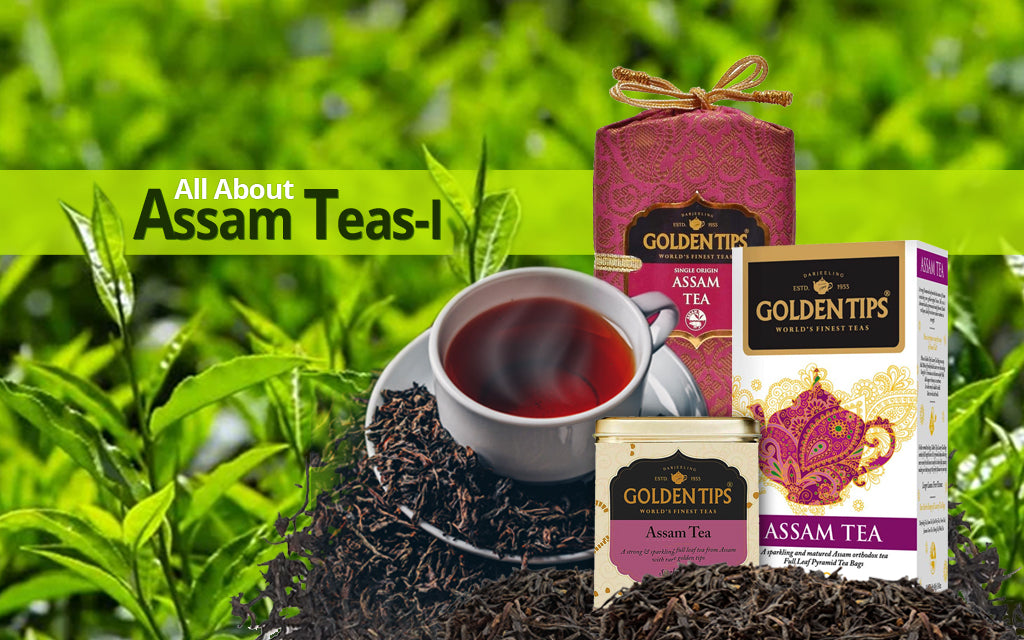
Assam Tea - History, Taste Profile, FAQ, and More (Part 1)
Assam’s indisputable natural beauty, diverse terrain, and the splendour of four seasons create invitingly warm vibes that sweep you off your feet. But there’s more to Assam than meets the eye.
Assam was first discovered (and by discover, we mean officially recognized for its potential to grow tea) by Robert Bruce, a Scottish adventurer with a penchant for all things tea. He spotted tea-like plants growing abundantly near Rangpur.
This intrigued Bruce so much so that he put all his current plans on hold and decided to take a detour of the local area. His discoveries changed the course of tea history as we know it.
He brought local samples with him to be examined and properly classified. The plant was officially classified as Camilla Sinensis var. Assamica. It was the first and last of its kind, with strong, bold, brisk, astringent, and malty flavors – depending on how you prepared it. Assam black tea became an indispensable component of the now vogue Irish and English breakfast.
The Unique Geographical Area to Plant Assam teas
Assam has a rich and incredibly biodiverse zone owing to its special geographical area. It borders the Deccan plateau, the northern Himalayas, and the Brahmaputra plains. This part of the world faces a very specific range of temperature and humidity conditions that favors the growth of Camilla Sinensis var. Assamica.
Furthermore, the low altitudes of the fertile valley offer rich loamy soil and ample rainfall that creates the perfect natural setting for tea production. As a result, the Assam tea industry is one of the most productive regions of the world, producing well over 500 million kg of tea annually.
Tea growers produce a number of tea variants, including orthodox and CTC variety of Assam teas. The most popular grades in Assam include broken leaf, fannings, dust, and whole leaf.
Assam Tea Tasting Notes
Assam tea has an incredibly diverse tea profile and largely depends on how you brew it.
First Brew
The leaves have a strong, earthy aroma with a hint of mandarin that turns light and brownish-orange when brewed. The liquor’s aroma is less earthy and has a slightly bittersweet taste that can turn sour, resembling the taste of caramelized orange zest.
Second Brew
The liquor has a brownish-orange texture with a very nutty aroma that may be described as mildly relaxing by some. The flavor is nutty that is oddly relaxing. It retains the sourness of the first brew, tickling the tongue just right.
Third Brew
The tea leaves no longer retain their earthy aroma, but you can smell them (for those with the sensitive enough noses). The third brew turns the liquid a pale yellow, bordering on a brownish color. It smells like strawberry coulis and tastes like it too. It tastes sweet in the beginning and then turns sour, before tasting sweet again, and then sour again.
Fourth Brew
The taste and aroma of the fourth brew are virtually non-existent. So you should stop at the third brew to retain all the aroma and taste.
Ready to buy premium Assam tea for yourself or a loved one? Click here to visit Golden Tips and browse through our extensive collection of Assam tea.























